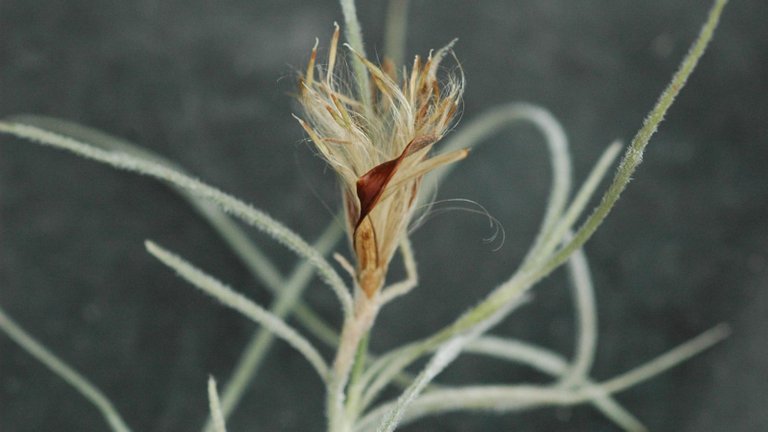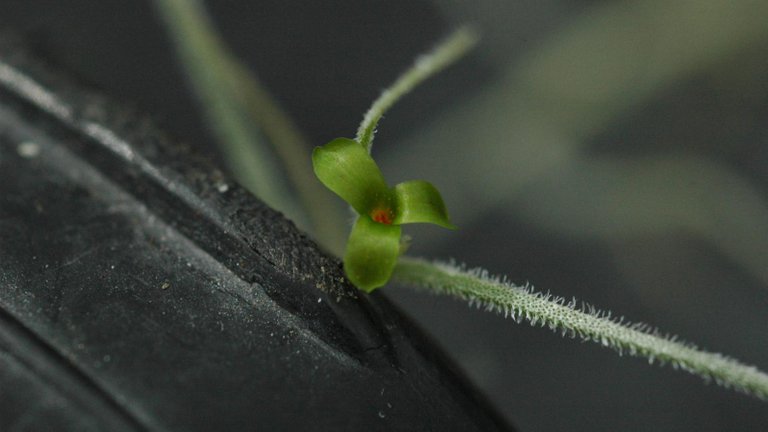Spanish moss is a superb 'air plant' which grows in silverish festoons up to 30 m long, hanging from tree limbs, cliffs and even telephone wires. Tillandsia usneoides prefers moist habitats and is often abundant near rivers, ponds and lakes.

It can survive two months without rainfall but will die within three to four months of drought. In dark forest it hangs suspended from the higher limbs of trees (most commonly on trees that are dead).

Spanish moss possesses striking adaptations to its environment. The entire surface of the shoot is covered with highly specialised trichomes (scales) which absorb water and nutrients from the atmosphere; they also reduce transpiration and reflect strong light. Tillandsia usneoides prefers moist habitats and is often abundant near rivers, ponds and lakes. It can survive well in dry habitats too, through Crassulacean acid metabolism (CAM), a specialised way to photosynthesise.

It can survive two months without rainfall but will die within three to four months of drought. In dark forest it hangs suspended from the higher limbs of trees (most commonly on trees that are dead). T. usneoides grows on a wide range of trees, both wild and cultivated, which have a high rate of mineral leaching. It does not appear to favour any hosts. Many tropical trees, however, release chemicals making conditions unfavourable for the growth of Spanish moss.